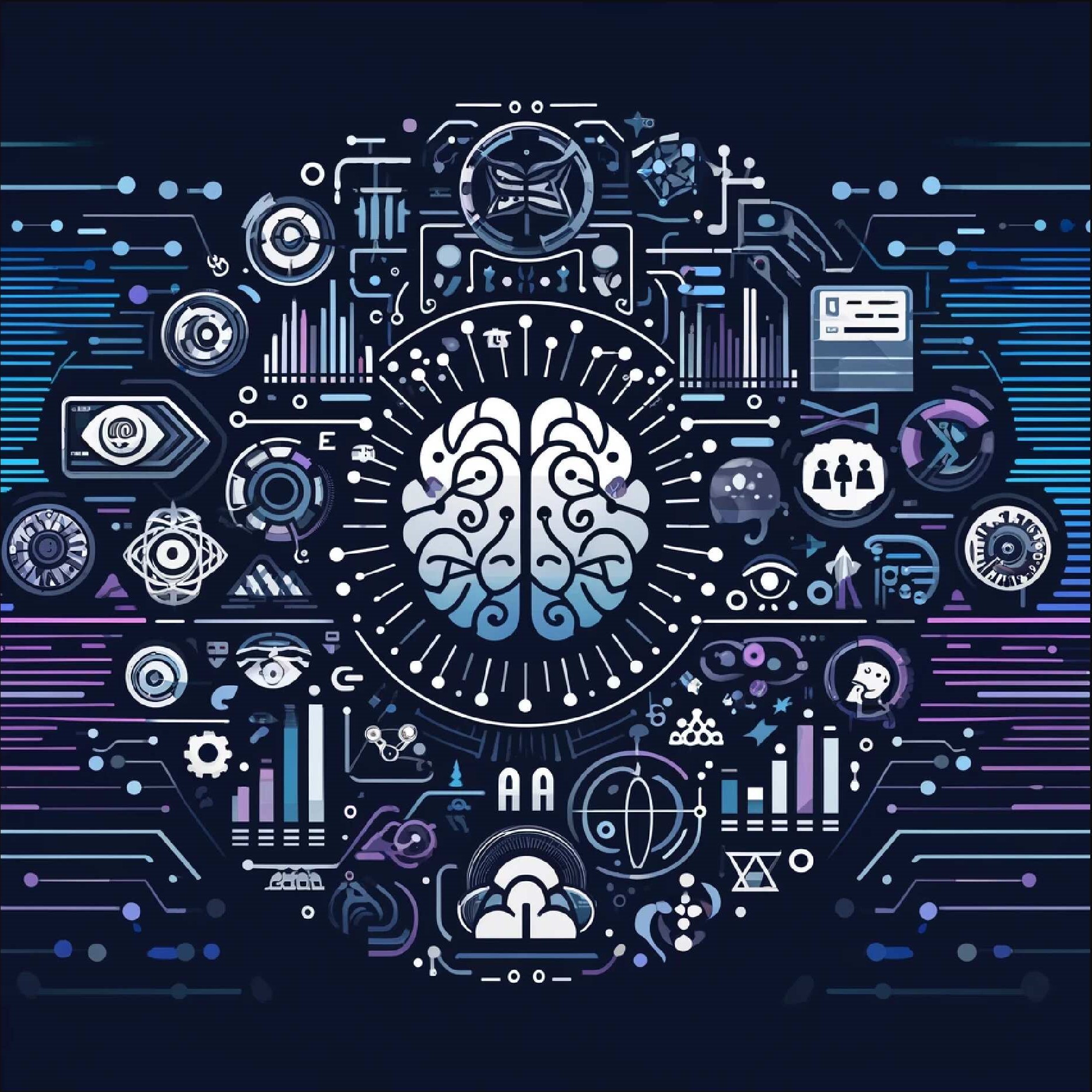
Machine Learning and Artificial Intelligence (30 Credits)
Intelligent assistants like Alexa and Siri, image searches that found the topic of a photo, and self-driving cars – these intelligent systems used machine learning to develop their expertise. In this module, I learned about various machine learning techniques but concentrated on deep neural learning. I learned about the underlying theory and got hands-on experience creating, training, evaluating, and using machine learning systems. I also examined how these technologies were used and misused and what that meant for our societies and communities.

Applied statistical modelling (30 Credits)
What did wage rates depend on? How many medals was a nation predicted to win at the next Olympics? Could we predict a student’s exam score based on their age and which qualification they were studying? I explored questions like these using statistical modelling techniques. This module took a practical approach, emphasizing the fitting of models and the interpretation of results.

Data Management and analysis (30 Credits)
This module addressed some of the key concepts required for the traditionally important area of data management and the increasingly important area of data analytics. I gained a practical, legal, and ethical understanding of how to access, query, and manage data collections using traditional relational databases and contemporary NoSQL approaches. Using real-world datasets, standard software packages, and data visualization techniques, I learned how to organize and analyze data collections to answer questions about the world and developed an appreciation of user needs surrounding data systems.
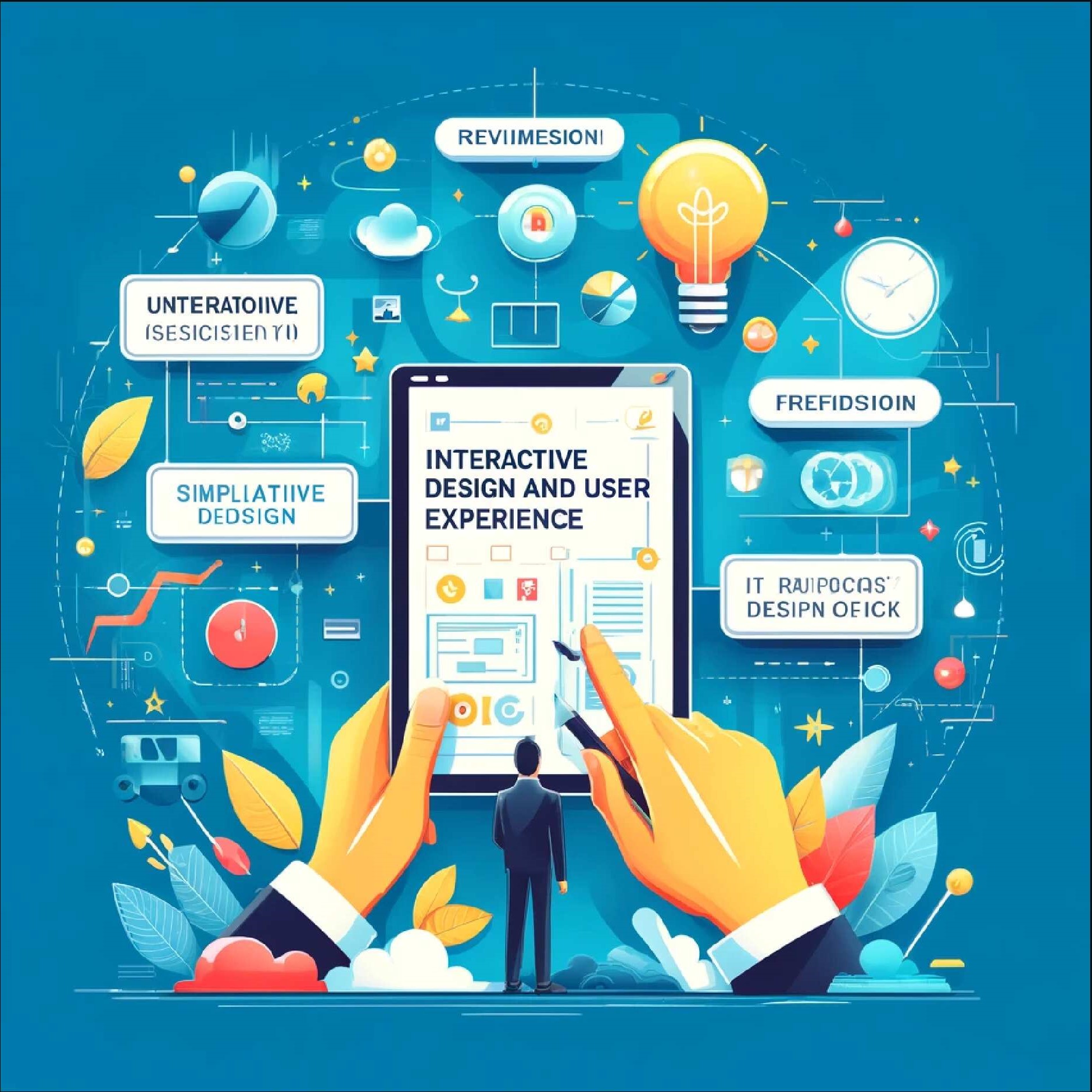
Interactive design and user experience (30 Credits)
From small apps to large business systems, smartphones to intelligent environments, wearables to ambient installations, and virtual reality to augmented reality – interactive computing technologies had become part of the fabric of everyday life. This module helped me on my way to becoming an effective interaction designer. I learned about interaction design and how to design interactive products that offer good user experiences. I learned about the many factors that influence user experience, the theories that underlie good interaction design, and the methods and techniques designers use to create effective interactive products.

Mathematical methods (30 Credits)
This module taught mathematical methods used in modelling through their application to solving real-world problems. These methods include differential equations, linear algebra and vector calculus. I became familiar with new mathematical skills mainly by using pencil and paper, and thinking. The module gave me a foundation for further study and was good preparation for higher-level mathematics, statistics or physics modules.
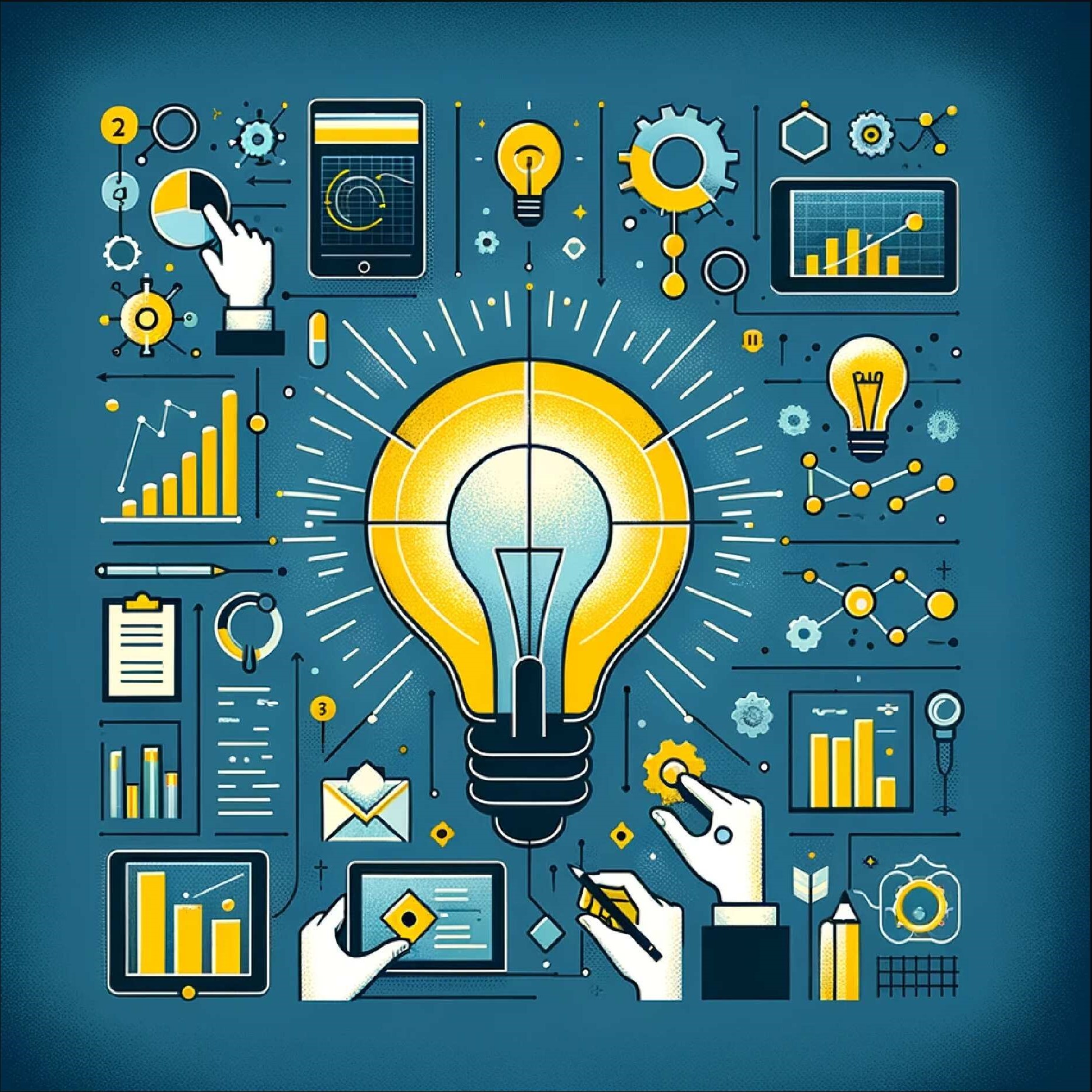
Analysing data (30 Credits)
This module explored fundamental statistical techniques and ideas for analyzing and interpreting data. It covered models for data, estimation, confidence intervals, hypothesis testing, and regression. It was ideal for me as I wanted to develop the skills to make sense of data or a foundation to study further statistics. The module emphasized the practical side, although it included some underlying theory. It used a statistical software package (Minitab)

Algorithms, data structure and computability (30 Credits)
This module aimed to help me become a computational problem solver. I learned techniques to solve computational problems efficiently and applied those techniques using Python. I also learned about the limitations of computing: which problems can't be solved algorithmically or for which no efficient solutions are known. This module was suitable for me — whatever my field — because I needed to implement an efficient algorithm or to understand both the power and the limitations of computing. Though the focus was on the underlying ideas, I also worked with some mathematical concepts and notation.
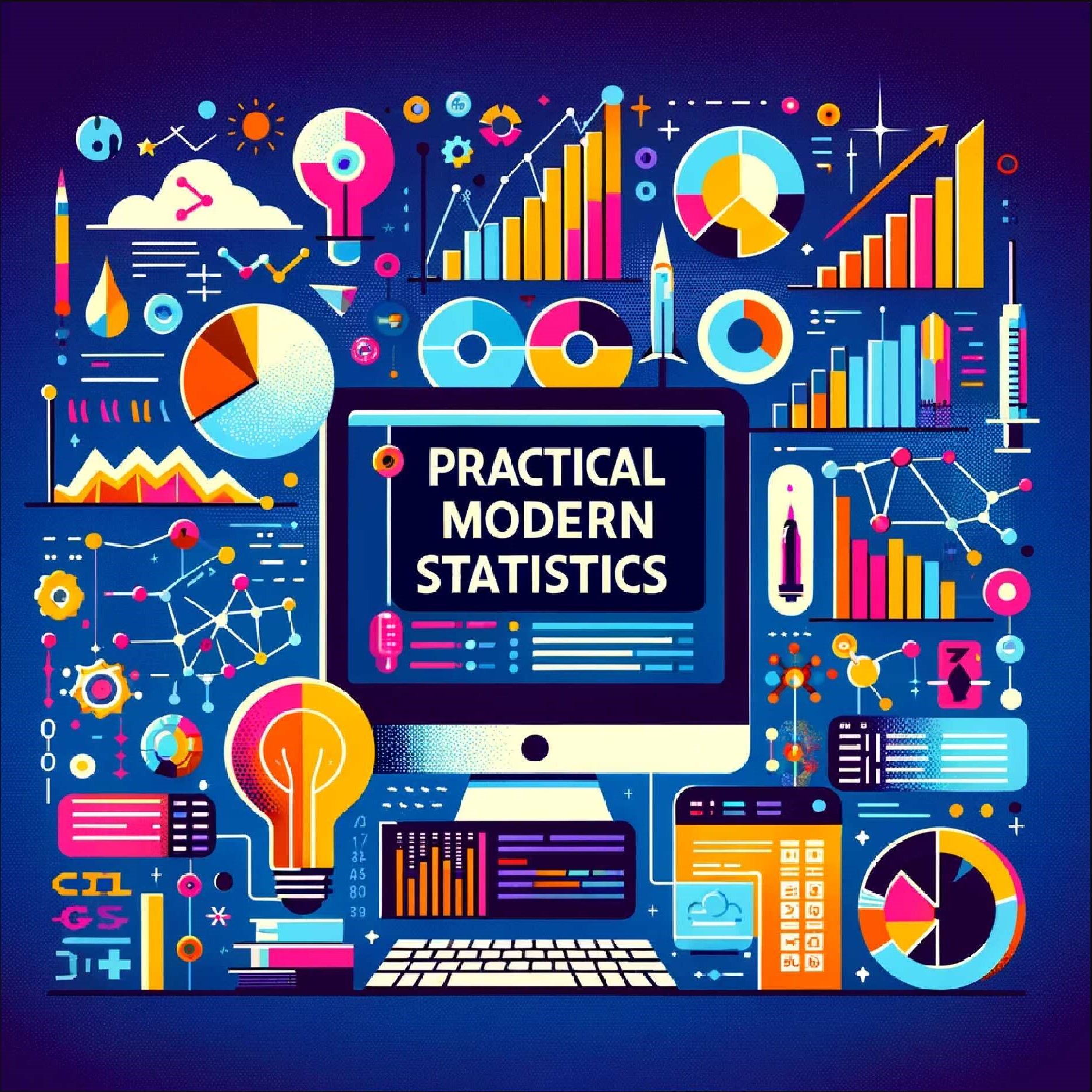
Practical modern statistics (30 Credits)
This module introduced four major topics of modern applied statistics: medical statistics, time series, multivariate analysis, and Bayesian statistics. It was ideal for me since I had studied statistics and wished to broaden my knowledge of the field. It emphasized underlying principles and practical applications rather than technical details and included SPSS and WinBUGS software, which I used to analyze data and develop my understanding of statistics.
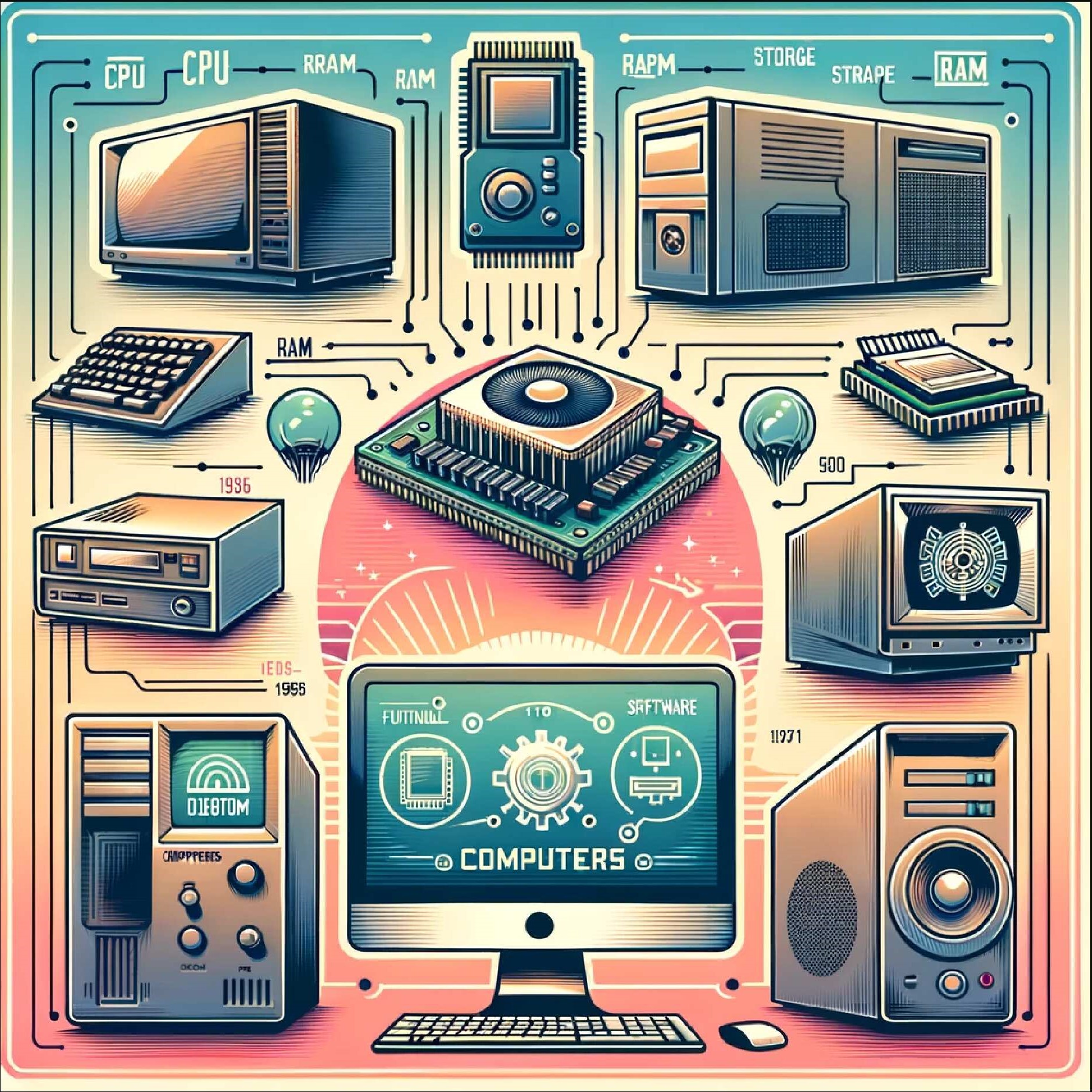
Introduction to computers and technology 1 (30 Credits)
This module was the first of two introducing computing and information technology concepts, such as digital technologies, programming, and networking. It equipped me with a comprehensive toolbox of relevant knowledge, understanding, and skills. It also introduced issues encountered in computing and IT, including the profound social and ethical challenges these technologies pose. I developed key skills, including communication, numeracy, and digital and information literacy (DIL). These skills provided a solid foundation for further study, especially Introduction to Computing and Information Technology 2.

Introduction to computers and technology 2 (30 Credits)
This module built on Introduction to Computing and Information Technology 1 (TM111) and prepared me for further study of computing and IT modules. I learned about various information technologies – including basic computer architecture, the cloud, and mobile computing – while training my numerical skills. I developed problem-solving skills as I got familiar with the Python programming language, analyzed real-world data, and conducted a programming project. Throughout, I practiced my communication and analytical skills as I explored the profound legal, social, ethical, and security challenges that information technologies pose.

Essential mathematics (30 Credits)
This introductory module provided a broad and enjoyable foundation for university-level mathematics but required some prior knowledge. It taught me the essential ideas and techniques that underpin university-level study in mathematics and mathematical subjects such as physics, engineering, and economics. I studied fundamental topics, including calculus, vectors, matrices, and complex numbers – and used mathematical software to solve problems. I also developed my skills in communicating results and defining problems.
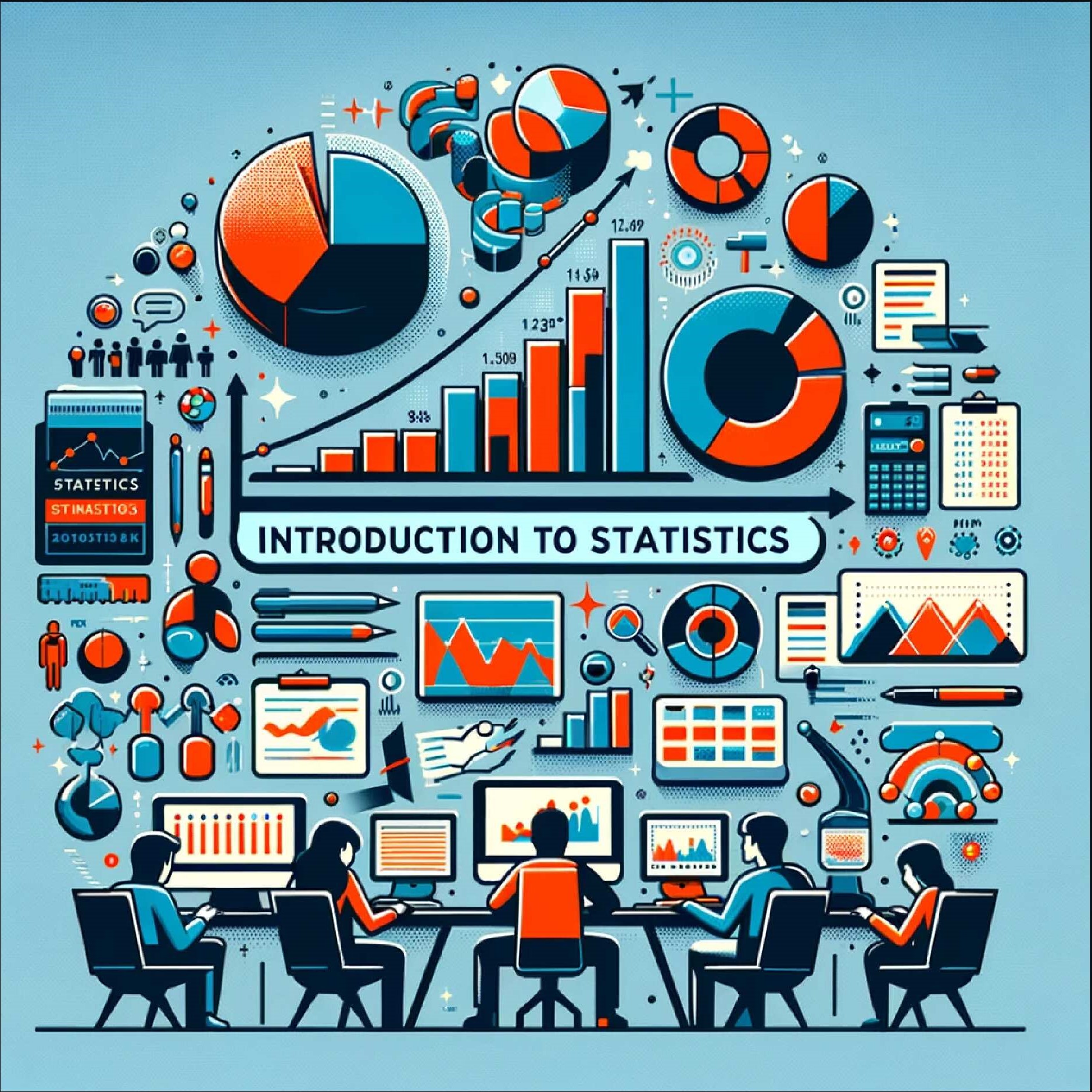
Introduction to statistics (30 Credits)
This module taught me how to use basic statistical tools and quantitative methods useful in business, government, industry, medicine, the economy, and most academic subjects. Topics covered included summarising data, examining relationships, randomness and sampling distributions, probability, testing hypotheses, and estimation. Using data from various applications, I learned practical statistical techniques and fundamental principles and analysed data using software and a calculator. The skills introduced were ideal as I planned to study mathematics further or encounter data in another subject or in daily life.